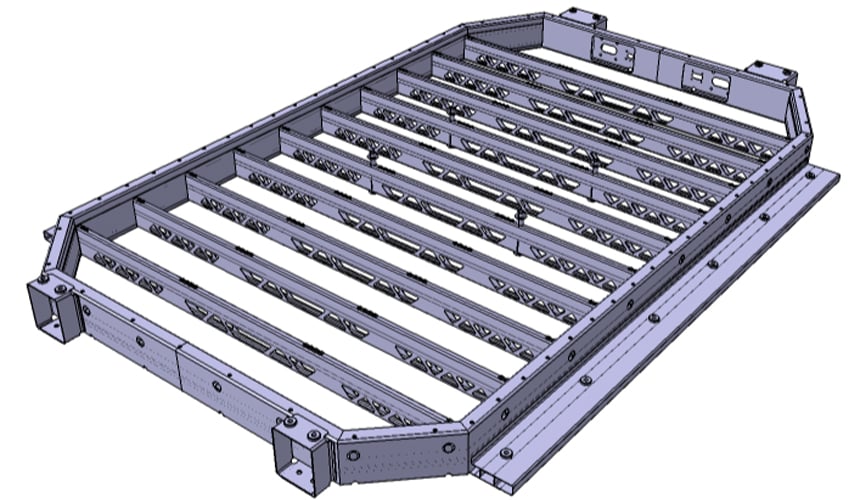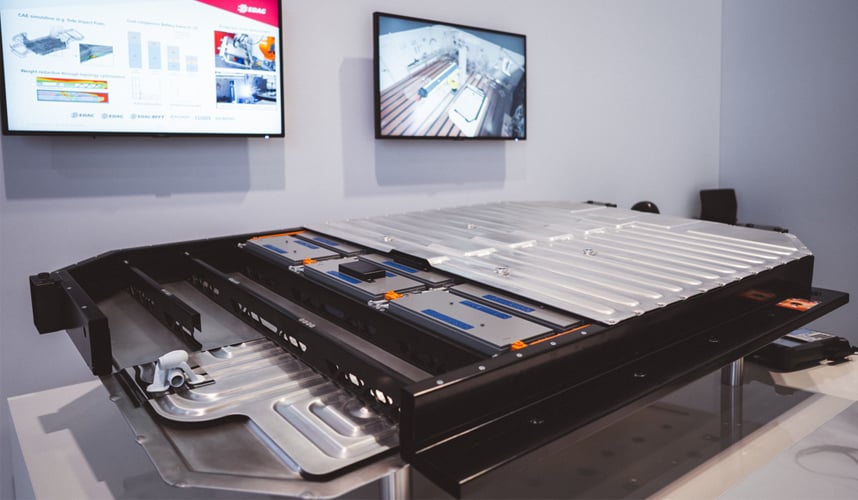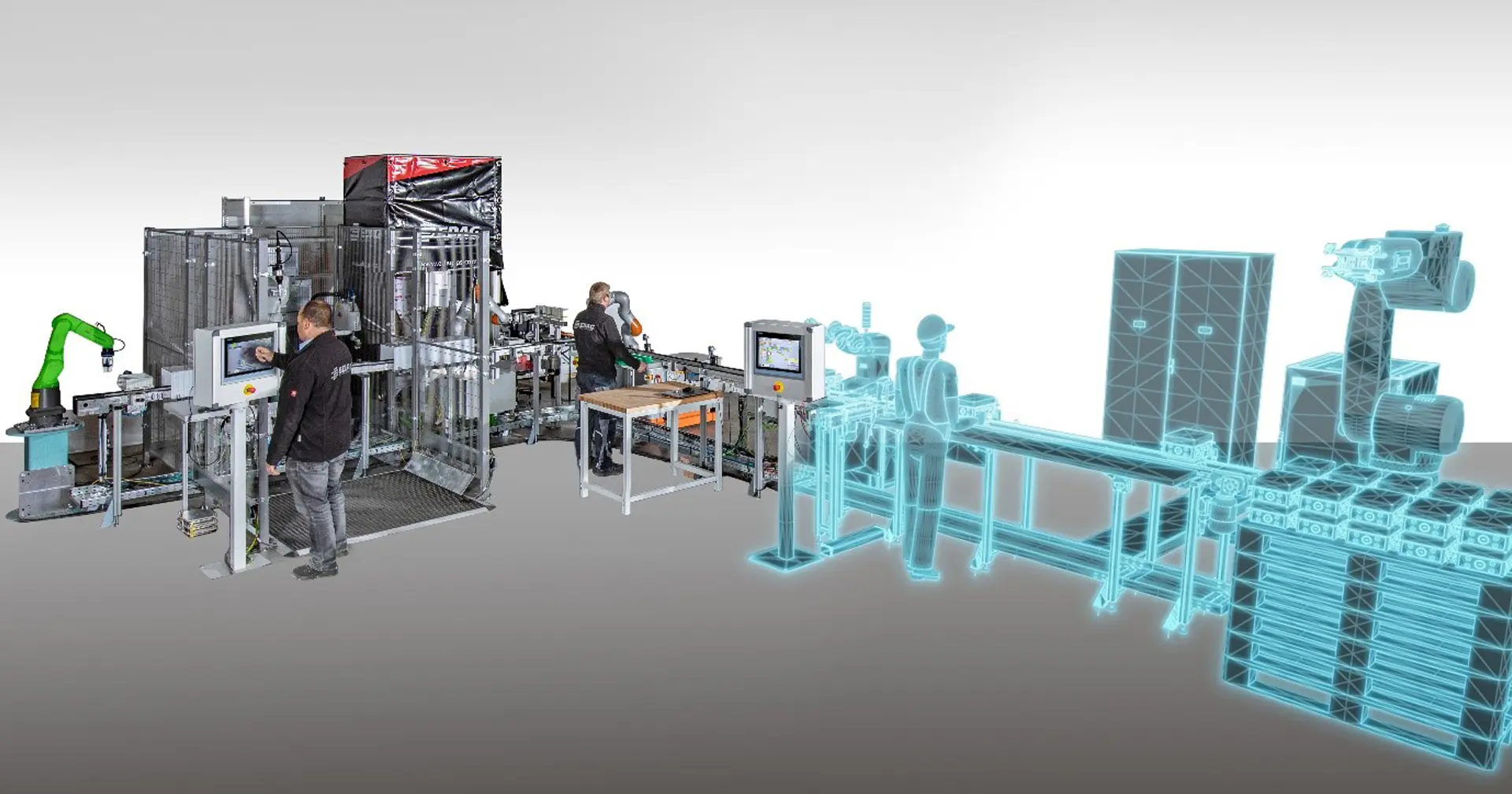A cell is the tiniest but most vital element in our bodies, our motor. It is exactly the same with a battery cell. It too is the smallest component in an electric vehicle’s storage battery, and therefore of the utmost importance in ensuring that all of the energy storage system’s vital functions work. This makes it the key technology in eMobility. Traction batteries in electrical vehicles are the result of a complex interdisciplinary development process. And for precisely this reason, the same applies here as for human cells: they need to be well protected and kept in the best possible condition.
eMobility is becoming increasingly important in this day and age. We have now reached the stage where no OEM can get by without having either a fully electric or at least a hybrid vehicle in its product range. At the same time, however, the number of variants is increasing on account of end customers’ individual requirements, while individual quantities are decreasing. The battery is still the major cost factor in an electric vehicle. However, in addition to material and process costs, factors such as range, weight, performance, charge cycles, reliability and of course above all the safety of this technology play a decisive role and present vehicle manufacturers with major challenges.
As experienced complete vehicle developers, we naturally also consider these questions, and try always to keep one step ahead with our innovative solutions and approaches. With the EDAG SCALEbase, for example, we created an innovation some time ago – a scalable platform concept for electric vehicles which can be used with different body variants. This solution is expected to significantly reduce development times by approx. 9 to 12 months – which, of course, also means enormous savings in development costs.
The EDAG SCALEbase was the starting point for the development of our SCALEbat – a low cost, modular and also scalable battery housing in a valid platform concept.
In just 9 months, we and our cooperation partners Siemens Industry Software GmbH, Baomarc Automotive Solutions S.p.A. and Carl Cloos Schweißtechnik GmbH, succeeded in developing a solution for the main problems surrounding the traction battery in the workshop-based concept phase of the SCALEbat.
With the help of the software of Siemens Industry Software GmbH, we achieved optimal results in the areas of mechanical, thermal and flow simulation. Carl CLOSS Schweißtechnik GmbH provided us with the know-how and the technology to create a cost-effective means of connecting the SCALEbat sections using a specially developed media-tight welding process. Forming technology specialists Baomarc Automotive Solutions S.p.A., contributed their extensive expertise in low-cost, high-strength, structural sections with rolled profiles.
In cooperation with the right project partners, we were able to develop a modular, scalable battery concept for low, mid and high range vehicle variants.
What enabled us to achieve all of this was the use of topologically optimised steel roll-formed profiles for the frame structure of the battery housing, which, compared to aluminium and cast iron design, also substantially reduces costs.
We do, however, remain flexible with regard to individual customer requirements, such as cell type.

For cooling purposes, we use a sandwich cooling plate equipped with an underride guard and consisting of three separate cooling circuits in a counterflow arrangement, and an additively printed coolant distributor. This ensures a homogeneous temperature distribution, even though the cell temperature can differ depending on whether it is in drive or charge mode.
The cooling system was optimised with the help of cyber-physical simulations, and we also succeeded in bringing about a 22 % reduction in flow losses.

Speaking of production: we wouldn’t be EDAG if we didn’t immediately begin to think about feasibility and manufacturability, i.e. the engineering process chains, when developing concepts of this type for complex vehicle systems. Our EDAG Production Solutions experts, for example, developed a Smart Factory production concept for quantities of 50,000 to 300,000 per annum.
Scalability in production will also become increasingly important in the future: for this reason, our production concept can also be adapted to future derivatives and the quantities necessary for eMobility. Here too, the Siemens software plays an important role in the simulation and optimisation of the manufacturing process, right through to the economical production of additively manufactured products.
The SCALEbat opens up new avenues for startup companies and small OEMs when it comes to scalability, efficiency, performance, cost reduction in material and production costs, but also the safety of the battery housing. It is therefore the perfect innovative starting point for flexible research and development in the field of energy storage systems. With its high level of maturity, it saves development time and costs, and can be used for further development up to readiness for start of production.

The collaboration of the right eMobility experts, specialists and pioneers is what has made this innovation possible. Our expertise in the complexity of complete vehicle development also enables us always to bring exactly the right partners on board, which in turn gives us the opportunity to refine and advance project ideas in cooperation with the ideal partners.
In the following video our experts explain all the details of SCALEbat and why our scalable battery housing facilitates the development of flexible platforms for electric vehicles:
And we are already working on the next idea: together with Hexagon, we have taken up the philosophy and, in addition to the battery, are also integrating hydrogen tanks. If you have any questions about our concepts or need assistance with innovative solutions, then get in touch with our colleague, Thomas Ketterle, Key Account Manager. He can provide expert advice and exciting insights into the world of EDAG innovations.




